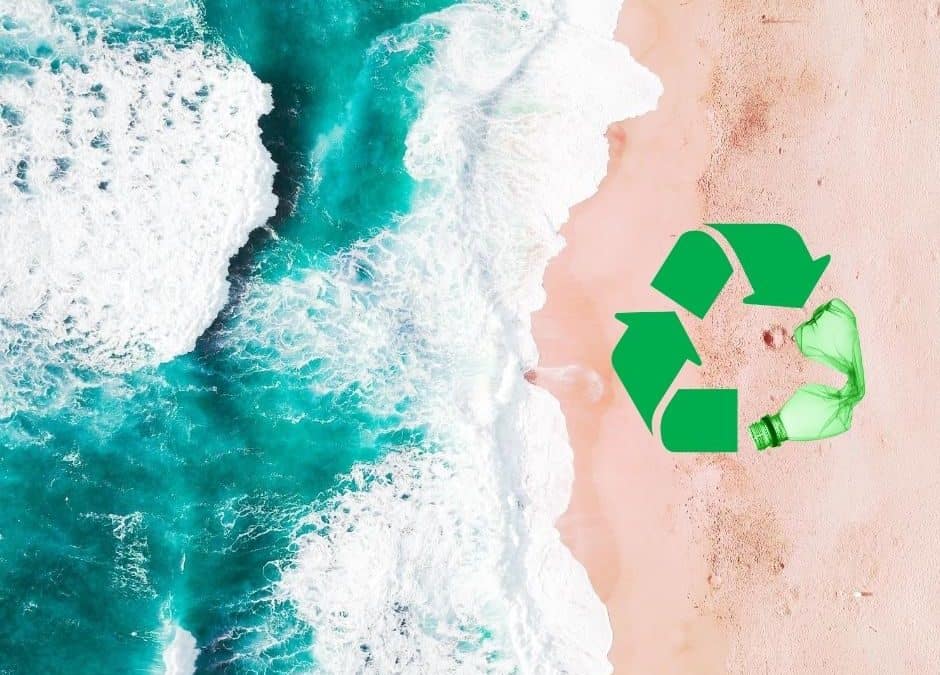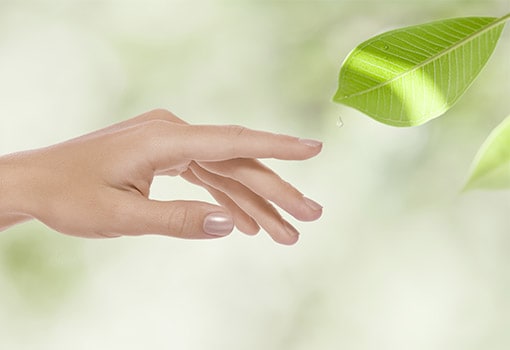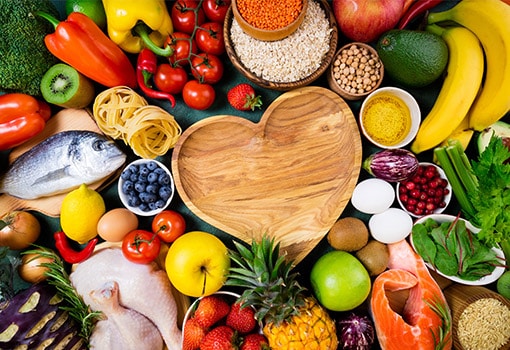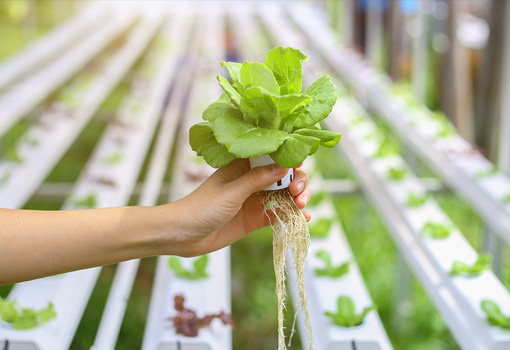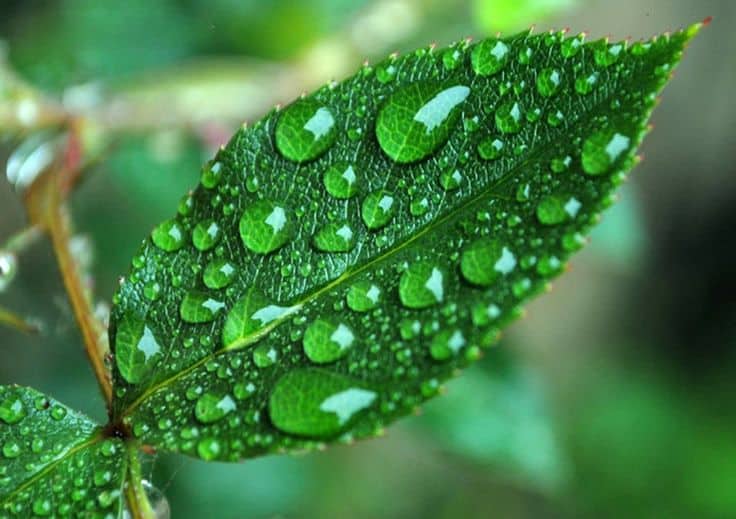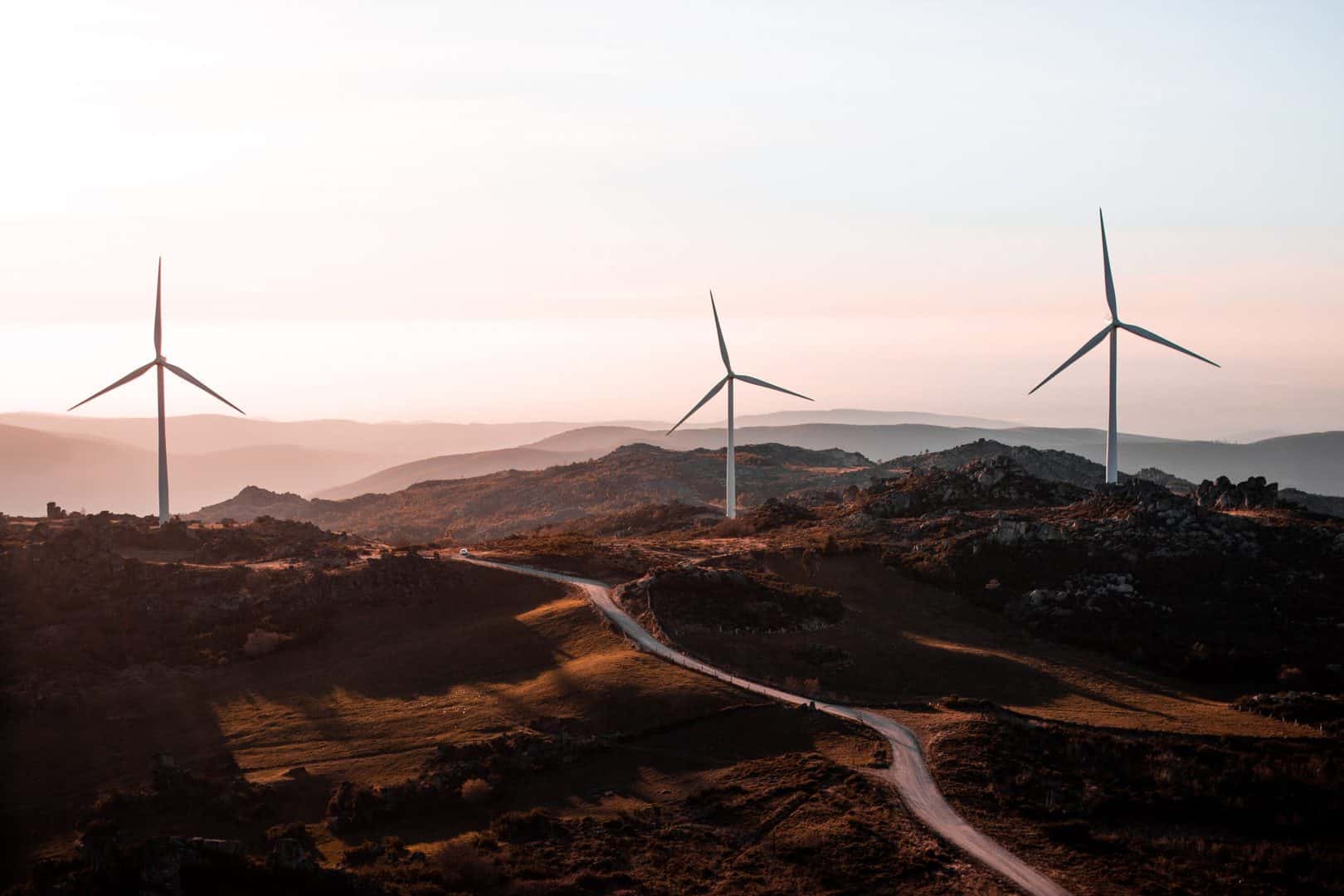Everyone is familiar with plastic — an inexpensive material that’s really useful in our daily lives. Plastic is used to package everything, like water and soda, and take-out food containers of all kinds. Plus, there are plastic grocery bags, electronic device casings, silverware, furniture, the list goes on.
But did you know plastic is also in clothing and toiletries? Synthetic clothing like fleece jackets can contain plastic microfibers. And, some exfoliating products like facial scrubs and body wash can contain plastic microbeads. Plastic is, quite literally, everywhere.
The ubiquity of plastic has led to a worrisome phenomenon getting more attention these days: is plastic now ending up in our food? Talk about unintended consequences!
what’s the story here?
Plastic is ending up in the water through two pathways. First, people often dump plastic garbage into the ocean or other bodies of water, and it doesn’t biodegrade or decompose. Instead, it photodegrades. This means that it breaks down into smaller and smaller pieces when exposed to prolonged sunlight, but never disappears. Ultimately, it becomes microplastics, tiny pieces of plastic 5mm or shorter.
The second pathway is plastic microfibers or microbeads swept into the water supply from normal laundering or washing. Fibers shed in the washing machine, while microbeads go down the drain as you wash your face. These tiny pieces are too small for filters in wastewater treatment facilities to capture them.
so what’s the big deal?
Once these little bits of plastic get into the water, sea animals may ingest them, mistaking them as food. These animals include seabirds and sea turtles. But they also include fish and shellfish, like clams or oysters; i.e. things we eat. Could this actually happen—eating seafood that has plastic in it?! The disconcerting answer is yes.
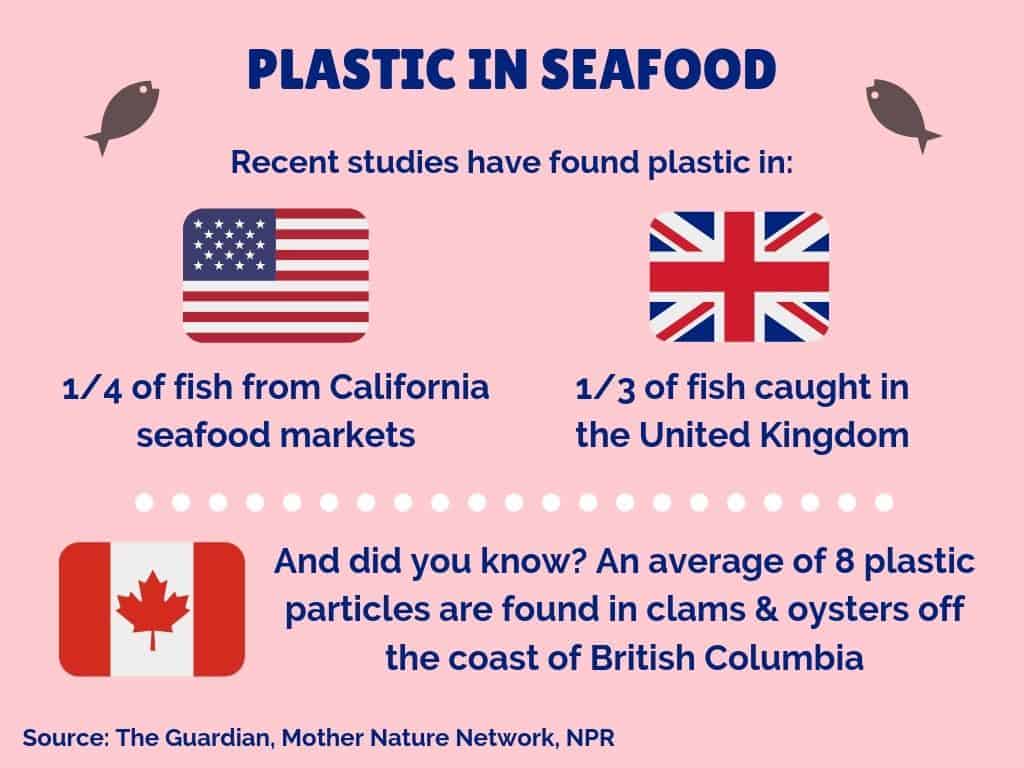
Some recent studies have found microplastics in fish and shellfish. Plastic was found in a third of UK-caught fish; and plastic fragments or fibers in a quarter of fish at seafood markets in California and Indonesia. Scientists at the University of Ghent (Belgium) calculated that Europeans who ate a lot of shellfish could potentially be consuming up to 11,000 plastic fragments each year. And a study found clams and oysters from coastal British Columbia contained an average of 8 microplastic particles each.
how worried should we be?
Plastic is found in the guts (stomach) of fish, not the meat, which is what we usually eat. So we’re not likely to ingest plastic from fish. However, shellfish or other seafood that you eat whole is a different story. If you’re eating clams, oysters, or mussels, there is a reasonable chance you’re also getting a tiny piece of plastic.
Humans probably absorb only 1% of plastic though, so it doesn’t appear to be a serious concern yet. But the truth is, we just don’t know enough about potential health effects yet, or if plastic can migrate from the guts to the meat.
what can you do?
You may not think plastic pollution impacts you, but if you eat seafood, you could be “eating” plastic! Ways you can help: cut down your use of plastic, use reusable containers, recycle, and don’t dump plastic in oceans or rivers. Also, buy clothing made of natural fibers like cotton or silk, and avoid plastic microbead products.
Sources: The Guardian, Mother Nature Network, NPR.

